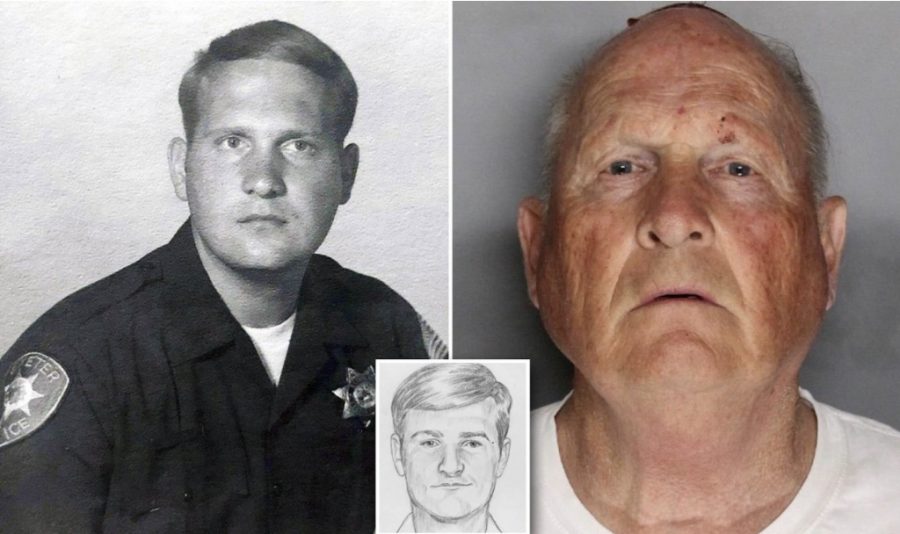Genetic Genealogy and the Golden State Killer
October 25, 2020
In April of 2018, 72 year old Joseph James DeAngelo was arrested as the Golden State Killer, who terrorized the state of California from 1975- 1986. The Golden State Killer, also known as the East Area Rapist, is responsible for the muder of 13 people, the rape of 50, and the burglary of the homes of over 120 people. DeAngelo served as police officer and, up until 2018, was an unsuspicious elderly man living in Sacramento County. But just two years later, on June 29, 2020, he pled guilty to 13 counts of murder and was sentenced to life without parole.
But just how did they catch him after 44 years and a trail of cold cases? Genetic Genealogy. Genetic Genealogy started in 1998 and it is the examination of the historical records and DNA analysis. This has been popularly used by websites such as Ancestry.com and 23AndMe. While the government cannot have personal information from these websites without a court order, over 3 million people are in the FBI-run Combined DNA Index System, or CODIS. Maternal heritage can be traced by using the mitochondrial mtDNA, while paternal heritage in males can be related back to Y-DNA from the Y chromosome. But most important (especially in the solving of crimes such as the Golden State Killer) is autosomal DNA, which is the DNA you inherit from the entirety of your ancestral lineage. Genealogists can determine your relationship with a member of your family based on how much autosomal DNA you share with that person. For example, you share roughly 12.5% of your DNA with your great grandparents and 3% with your second cousin.
Case investigator Paul Holes teamed up with genetic genealogist Barbara Rae-Venter to enter an evidence kit from 1980 containing the Golden State Killer’s DNA into a website called GEDmatch. The initial DNA results identified distant relatives, mainly 3rd cousins, of DeAngelo, but not the killer himself. From there, a team of investigators created a family tree using obitchuaries, census records, and police and commercial databases alike. They then worked backwards linking the ancestors to a common ancestor, in this particular case, DeAngelo’s great great great grandparents. After that, the investigators ruled out members of the family based on location and age range, narrowing it down to DeAngelo and one other man, who was cleared by further DNA testing. Police were able to confirm the Golden State Killer’s identity by taking DNA samples from DeAngelo’s trash and testing it to samples from decades old crime scenes. And 32 years after his last killing, Joseph DeAngelo was brought to justice. Not only did this case bring a monster to justice but it also brought world-wide attention to the marvel that is genetic genealogy and how it will help to solve crimes, new and old, for generations to come. It has only just started to be explored and used in law enforcement and in the future. I predict this field will revolutionize criminology and new advancements continue to be researched.


